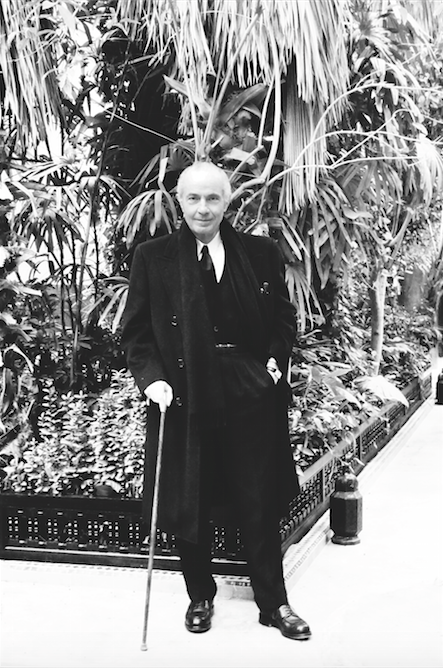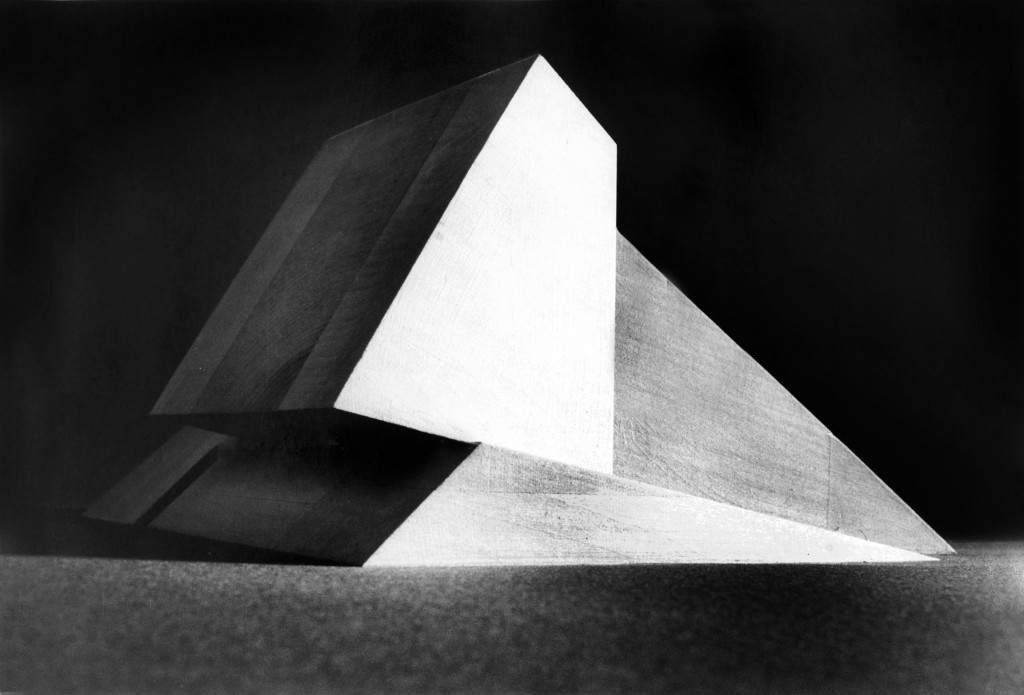
JEAN-CLAUDE ELLENA ON SCENTS
By Crash redaction
JEAN-CLAUDE ELLENA FILLS HERMÈS WITH THE SCENT OF FRESHNESS AND SENSITIVITY. THE PERFUMER FOR THE FRENCH HOUSE SINCE 2004, ELLENA CONCOCTED “CUIRD’ANGE”, THE TWELFTH FRAGRANCE IN THE HOUSE’S HERMESSENCE COLLECTION. CRASH MET WITH HIM TO CHAT ABOUT THIS OH SO UNIQUE PERFUME AND ABOUT BEAUTIFUL SCENTS IN GENERAL…
“Cuir d’ange”: the name combines leather and angels. It’s sensual to a supreme degree, and at the same time almost subversive. Why did you choose it?
Because it contains the word “cuir”, or “leather”, which works well for a body perfume. I don’t find the name to be subversive. The combination of these words is something of an oxymoron, two opposites, one that evokes the carnal fantasies and another that suggests kindness and good intentions, with a hint of irony. That’s how I imagine sensuality, or at least how I prefer it.
Leather is a smell everyone can imagine. But do angels have a scent?
A lot of people can recognize the smell of leather, some can even describe it, but very few can truly imagine it, because this means inventing it in the mind, a task made even more difficult by the fact that leather does not have just one smell, but hundreds of them. There are genuine leathers that smell like flowers when treated through a natural tanning process – very costly. Leathers with a chemical odor are the most common. And then there are leather scents made by perfumers, which do not smell exactly like leather but instead take inspiration from leather aromas. As for angels and their scent, since I’ve never met any, I had to make it up, so I put together sweet scents and a healthy dose of
malice.
Is the Hermessence line like your own personal laboratory? Your secret garden?
Yes. The Hermessences give me total freedom to explore new themes or new interpretations of existing themes. Sometimes it’s a mix of both tactics.
With the Jardins line, you ushered in the concept of the perfume collection, which a lot of other stores later jumped on. What are your thoughts on that?
Nothing shocking: I’d rather be followed than follow. I always avoid trends. Trend is another word for missing the bus. I like to think that copiers help me out, but they
only point out what I did right.
Do people copy you? Are you ever shocked when you see another perfumer copy you?
Shocked, no, I just feel bad for the people who buy the copied products.
You have said: “My lab no longer contains any more than 200 products. It expresses nothing but the bare essence of emotions.” What did you mean?
“The bare essence of emotions”, I like those words. It’s important to wait for the most basic emotions, the most essential, those that are closest to life. I’m no junky for sensations: endurance, intensity, strength, etc. I prefer emotions. Creating a smile in a perfume is important for me. It’s too bad I can’t make a perfume laugh or cry.
Is there something mystical about creating a perfume?
No, it’s simply a question of expressing your own sensibility through nothing but scent and a strong technical knowledge, a combination of art and artisanship.
Are you nostalgic for certain scents?
Yes, I think everyone is. There are scents that disappear like the smell of butterflies. I remember chasing butterflies with a net as a child. Oftentimes I would catch a fair number of them and my hands would smell like butterflies. Today, whenever we see a butterfly, we tell the whole family so everyone can come see how it flies. It’s not kids with nets that have driven their numbers down, but pesticides.
“Ambre Narguilé”, “Un Jardin en Méditerranée” and “Eau parfumée au Thé Vert” by Bulgari are my three favorite perfumes. And I recently found out that you made the first “Eau jeune” that I wore as a preteen. Do you see any connection between these different scents?
Yes and no. I don’t see a connection between the perfumes, but instead in my way of writing scents. A way of writing, a style, it’s a form of seduction. All art is related to seduction.
A lot of women wear nothing but your perfumes. What do you think of this?
GREAT! Simply put I’m delighted to have a perfume audience. Both the Chinese and the Italians talk about “listening to perfumes”.
What do you think about the “niche perfume” phenomenon? Does it have any special meaning for you?
I’m part of a group of perfumers – and I may be the most outspoken of us – who championed the idea of niche perfumes beginning in the late 70s. In fact, the debate actually started at the end of that decade… The earliest perfumes by L’Artisan Parfumeur, led by Jean Laporte, are by me and this is the brand that started the movement. I don’t like false niches, ones that simply pander to demand.
Was it a dream of yours to join a fashion house like Hermès? Is it the ideal house? What was your vision of the brand before you started? How did it go when you met them?
Yes, it was a dream of mine and one I always had. As for my vision of the brand, that was the first question the Hermès family asked me, and I answered: for me Hermès represents Mediterranean generosity (just look at the storefronts, the objects and the colors), technical excellence and an acute attention to detail reminiscent of Japan (just look at the objects, the bags and their quality). My first meeting with Hermès was about “Un Jardin en Méditerranée”, a perfume that took off in a way we never anticipated. It was first and foremost a perfume made for the pleasure of making it, a perfume crafted in Leila Mencharie’s garden, the decorator for the Hermès Faubourg stores. And my meeting with Jean-Louis Dumas was a true exchange, which led to the idea of the House taking on a perfumer. Jean-Loius Dumas saw me as an artisan on the same level as all the other Hermès
artisans. Since they are members of the house, why wouldn’t the same apply for perfumers…







